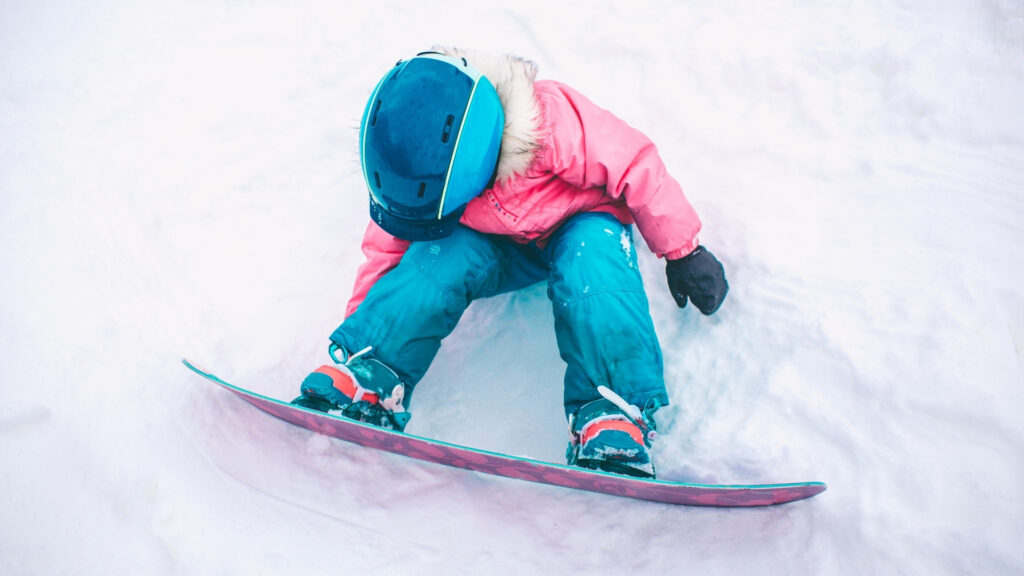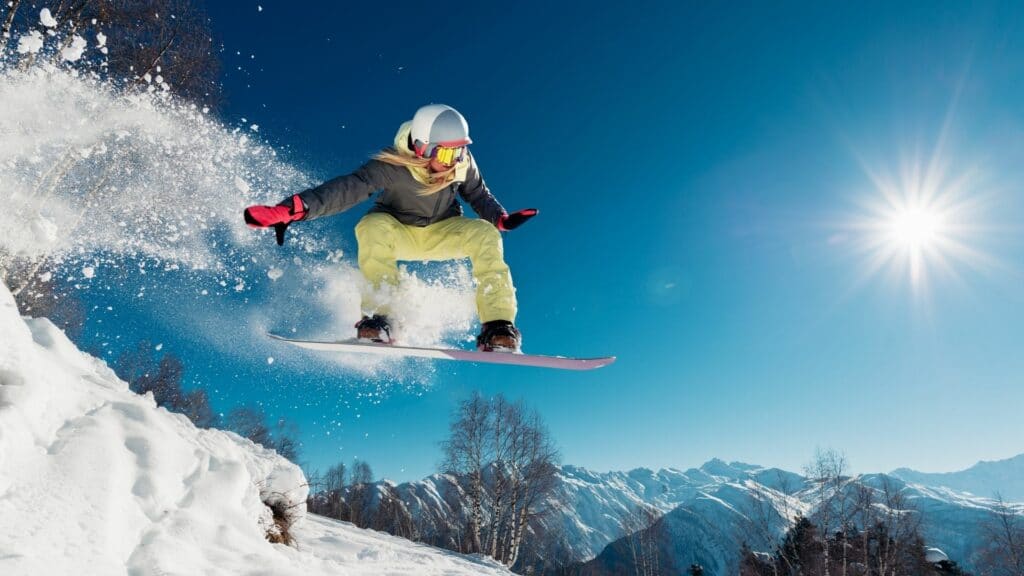Synchronized Skating is a Beautiful Type of Figure Skating That is Perfect for Kids
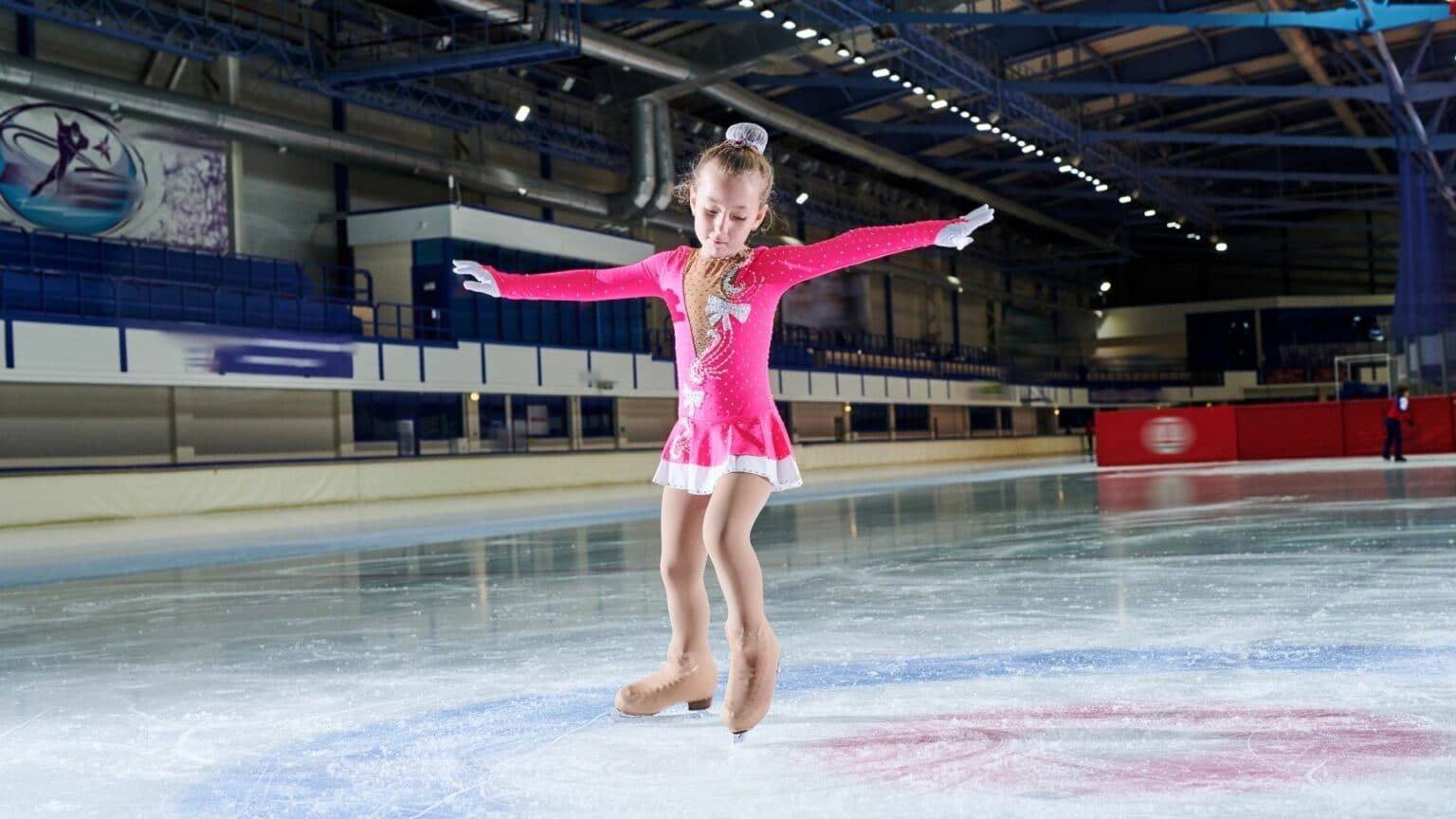
Last Updated: January 5, 2022
Welcome to our synchronized skating for kids guide! Here we’ll discuss everything you need to know about this fun and exciting sport, from the basics of how it works to choosing the right equipment and finding a class.
Now that figure skating has become an international sporting sensation, it’s no surprise that other similar sports were created to appeal to younger skaters and new audiences. Synchronized skating has been popular on the competitive circuit since the sport began in the late 1970s, and continues to grow in popularity with recreational skaters as well.
Synchronized skating is also becoming a more common activity in physical education programs at schools across North America. If you’re looking for a fun alternative to figure skating, you should consider giving synchronized skating a try.
What is synchronized skating?
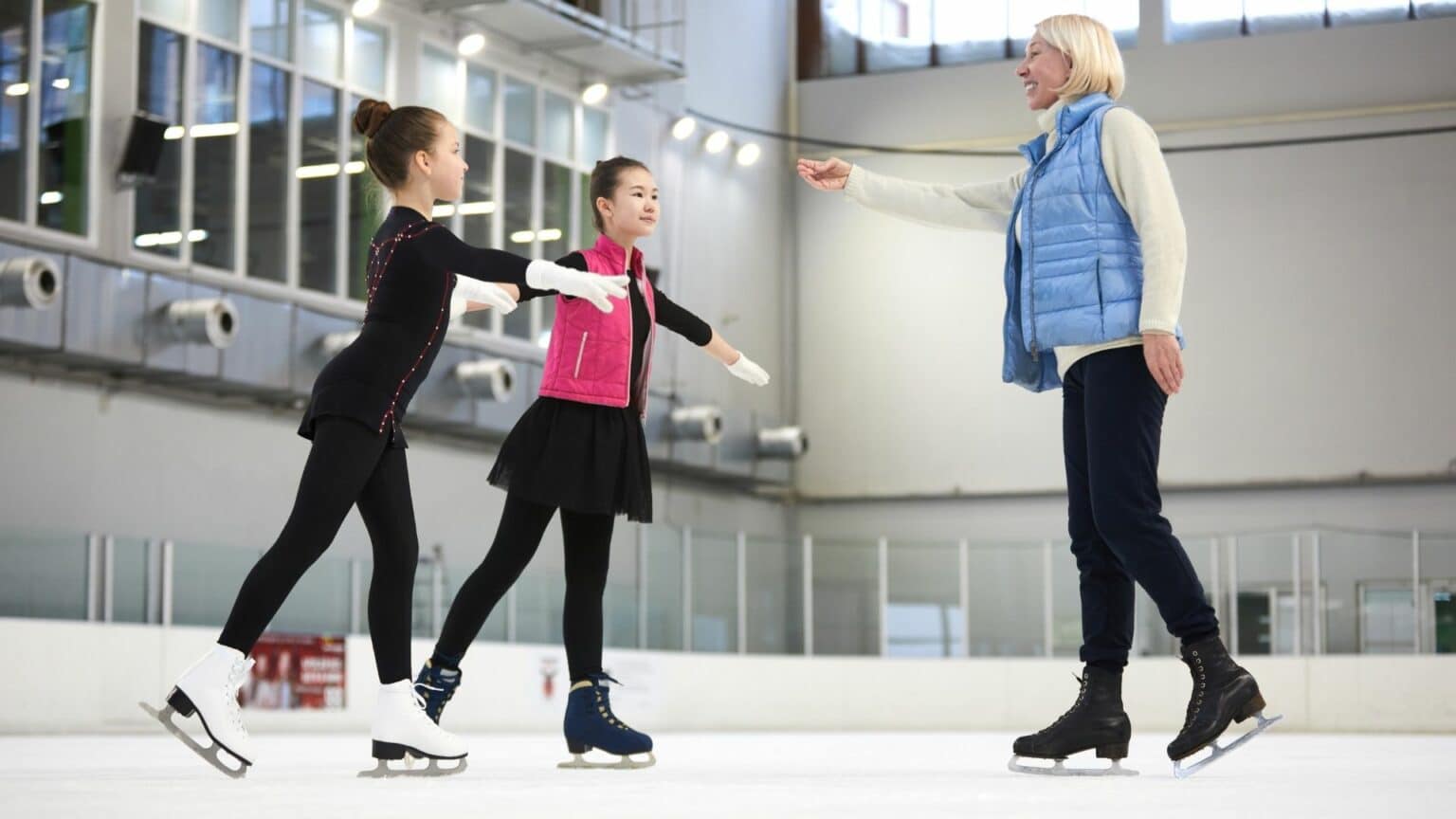
Synchronized Skating is a discipline of figure skating in which teams of skaters perform routines that blend together specific elements of dance, gymnastics and figure skating. The goal is to simultaneously execute or “sync” skating elements including traveling steps, directional changes, rotations, and body formations within a well-choreographed program. A high level of technical skill for both the individual and team is required.
Synchronized skating teams strive to create lasting impressions with their programs through the use of different themes, music selections, program components and costume design. Programs typically take two years to stage for national/international competition world synchronized skating with at least 15 practices per week on top of any additional off-ice conditioning that goes into the sport.
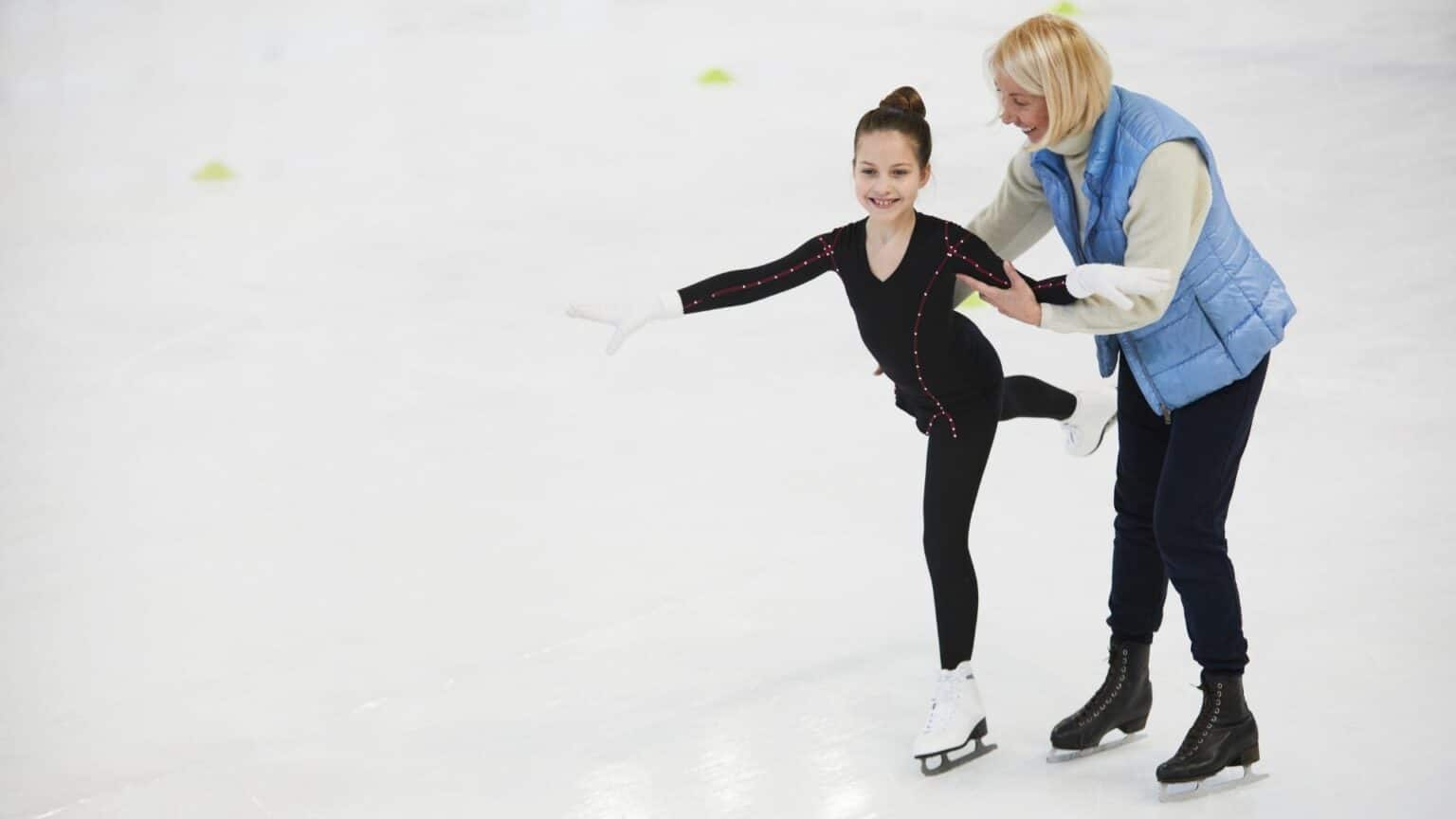
It takes a lot of hard work, dedication, focus and concentration to become a top skater in synchronized skating. The competition season starts off with the fall or early winter “Nationals”. These competitions are an excellent way for skaters, coaches and officials to get a feel for their skill levels prior to competitions later in the year.
In a typical programs year they will have one or two competitions prior to National Championships that offer qualifying opportunities for World Synchro Skating Championships. The World Synchronized Skating Championships take place in April/May as the culmination of the competitive season, but only after months and months of practices, conditioning and training.
What is the difference between synchronized and solo skating?
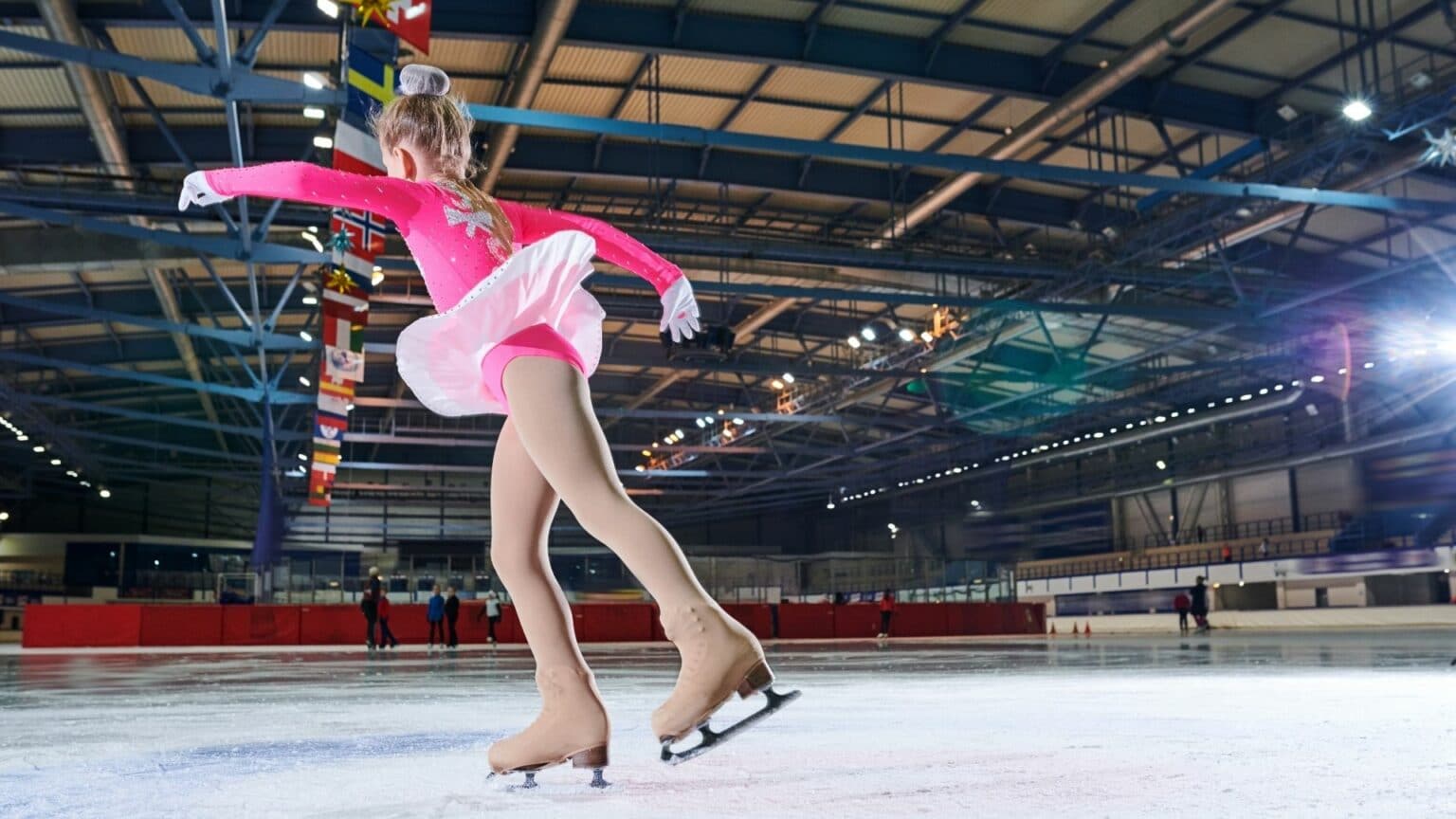
Skating has become a passion for many people of all ages. It is known to be a fun and enjoyable activity. There are two types of skating in which every child can take part. These are synchronized and solo skating. Synchronized skating is a sport involving figure skaters who perform an ice skating routine together in unison. The performance includes dance and gymnastics as well being able to skate.
Simply put, synchronized skating is performing a choreographed program on the ice together as a team and dressed alike. Solo skating is the art of performing a solo routine on the ice. A skater can have their own coach or decide to coach themselves. Synchronized skating is a great activity for kids! It helps improve coordination, balance, and teamwork. And it’s a lot of fun too!
What are the benefits of synchronized skating?
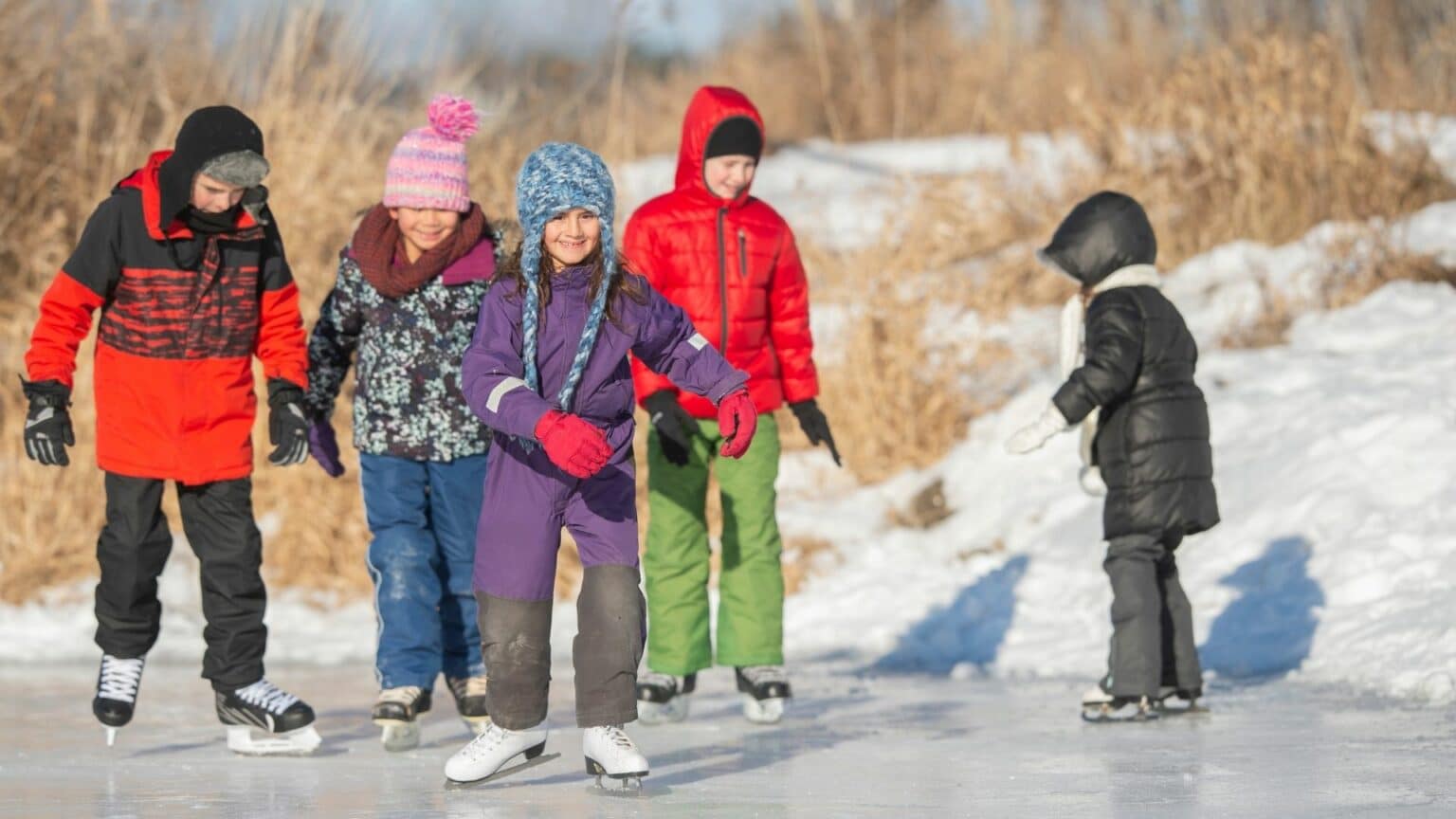
Synchronized skating is a group ice skating sport with teams of up to 24 players moving together on the ice — all in perfect rhythm, at the same time, performing as one. Synchronized skating offers many benefits to anyone who tries it. According to The United States Synchronized Skating Association, “This extremely demanding sport challenges skaters not only physically and technically, but mentally as well.”
These challenges will positively affect a skater’s life, both on and off the ice. It’s also quite popular as well. As such, it has a lot to offer skaters, coaches, and recreational users alike. For instance, if you’re looking to join an activity in the next year or so that is both fun and offers a great deal of flexibility on the time commitment front (so you can spend time with family and friends more), synchronized skating could make a lot of sense.
And it doesn’t have to be an expensive activity: while some high-end programs do run into the thousands, most are quite affordable compared to team sports like hockey, basketball, etc. Synchronized skating pairs teams of eight skaters who work together to perform routines that range from a simple cheer-like performance of a song, to theatrical programs that require multi-level sets and lighting effects.
Synchronized skating builds teamwork, discipline, and fitness while improving each skater’s sense of timing and body coordination. The costumes are intricate and beautiful, like a collection of works of art on the ice. It is also very practical because every pair has a role in their team — there are: lead couple, inside couple, side by side, anchor/tag team and swing. You will not only improve your skating skill but also gain new friendships through the sisterhood of skating in synchronized skating.
Is synchronized skating hard to learn?
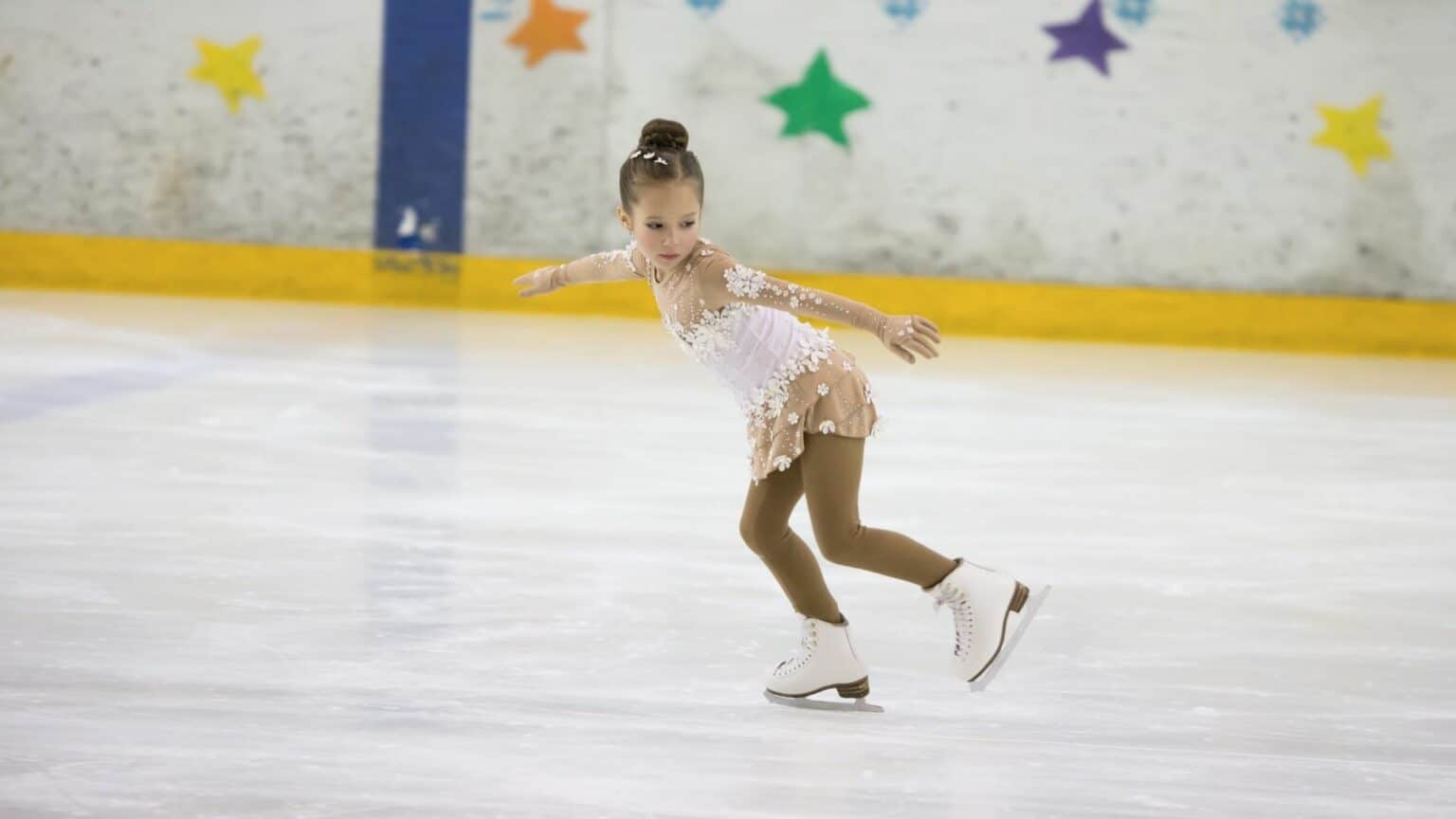
Synchronized skating is a lot like jazz — it seems impossible to learn, but the more time you spend on it, the easier it becomes. Both require dedication and patience from skate-learners. So if you have a passion for twizzles and don’t mind falling a million times, then synchronized skating might be for you. Synchronized skating can be hard to learn at times but if you have the right patience and time required for practices, it can be fun for the whole family!
In order for your child to become a synchronized skater, you must master basic skating technique, learn to move in formation and, most importantly, learn routines. Some would say that synchronized skating is more a sport rather than a mere recreational activity. Although it mainly focuses on team-work and coordination, this ice skating style is not just focused on the aesthetics.
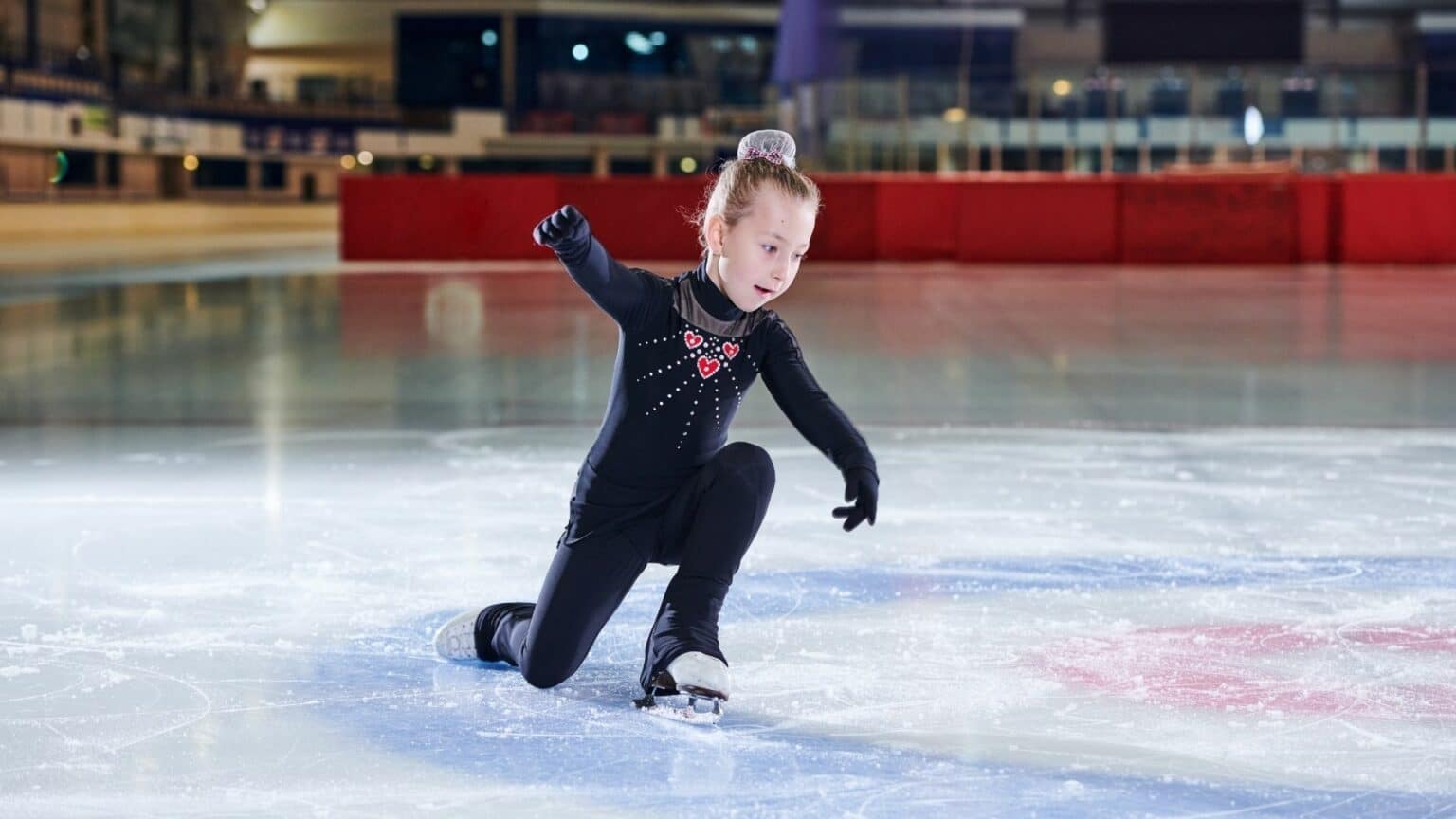
Synchronized skaters have to think about many elements like the frequency of arm movements, edges, foot work, body position and the posture. Teamwork, creativity and athletic ability are important in achieving the highest score. Synchronized skating team are composed of 4 to 9 women and 4 to 9 men each performing an individual routine that can be choreographed or free skated.
Skaters perform on the ice as a team, in different formations, following an ice dance scoring system. The minimum number of people needed to form a synchronized skating team is eight with unlimited maximum.
What are the equipment needs for synchronized skating?
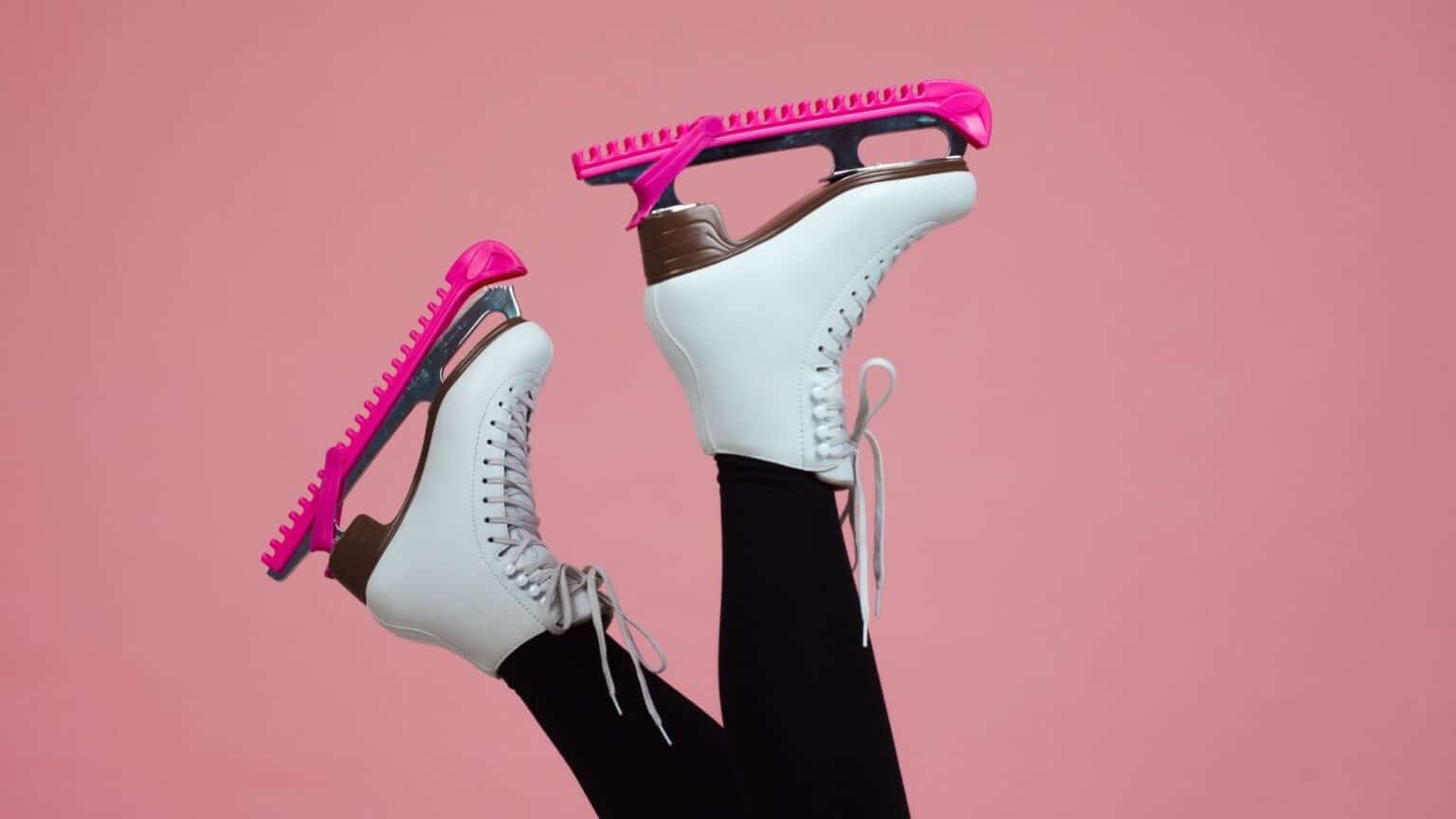
You’re thinking of taking your child to synchronized skating lessons, but you’re not sure what he’ll need. Synchronized skating requires a variety of equipment. The main piece of gear is the blades. Skaters must have good quality blades in order to be successful at synchronized skating. Synchronized skating necessitates a variety of equipment. Whereas skaters may use either figure or hockey skates, synchronized skaters use only ice dance blades.
The main difference between the two is in the blade itself: Figure skate blades have no edges, while ice-dance blades are curved and sharp. You may have found your passion with synchronized skating by watching the show, This is Skating. The Silver Stars is one of the teams you saw in the show. They are a profile of hard work and dedication, who will do anything to make their team be at its best.
In addition to their efforts and skill while they are on the ice, they also need to prepare themselves with adequate equipment when they’re not performing. Having good quality equipment that is suitable for training can help reduce the chance of injury to skaters and enhance their skating experience. It is best to go with pro-level skates, as opposed to trying out cheaper alternatives.
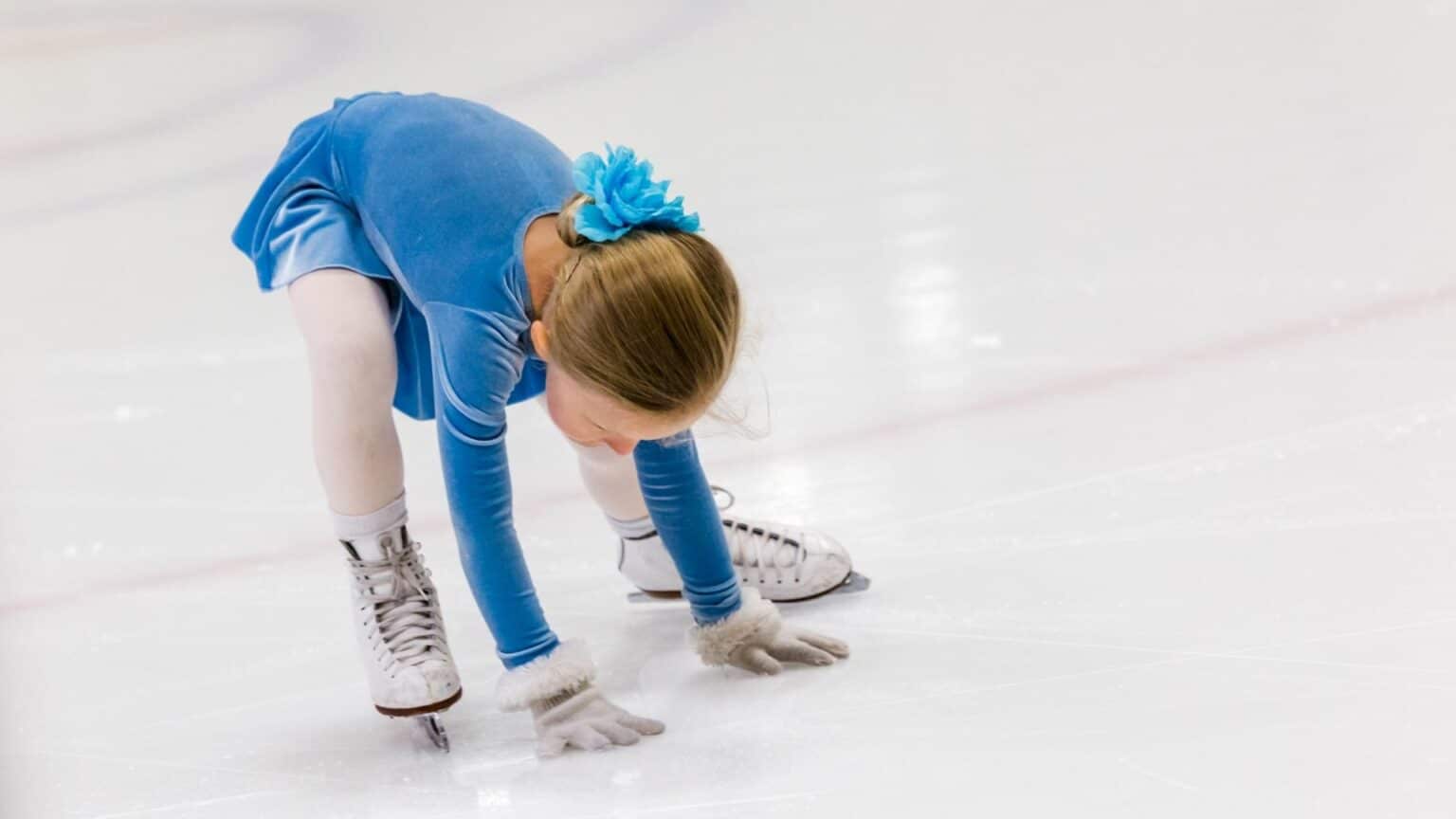
The blades are usually made from stainless steel, which are non-corrosive and sturdy enough to handle the edges and curves of your skating path. You’ll need a helmet, elbow pads, shin pads and knee pads for falls. Get used to your back blades as well as toe picks in order to stand on your blades for spins and jumps. Skaters are required to move efficiently and fluidly as they execute a routine.
As such, they need to go through a rigorous training regime, in order to develop the endurance, strength and agility that will allow for coordination and precision during performance. Synchronized figure skaters wear special outfits meant to enhance the aesthetics of their elegant performances. They also have highly specialized equipment that makes their synchronized movements more efficient.
Is synchronized skating worth it?
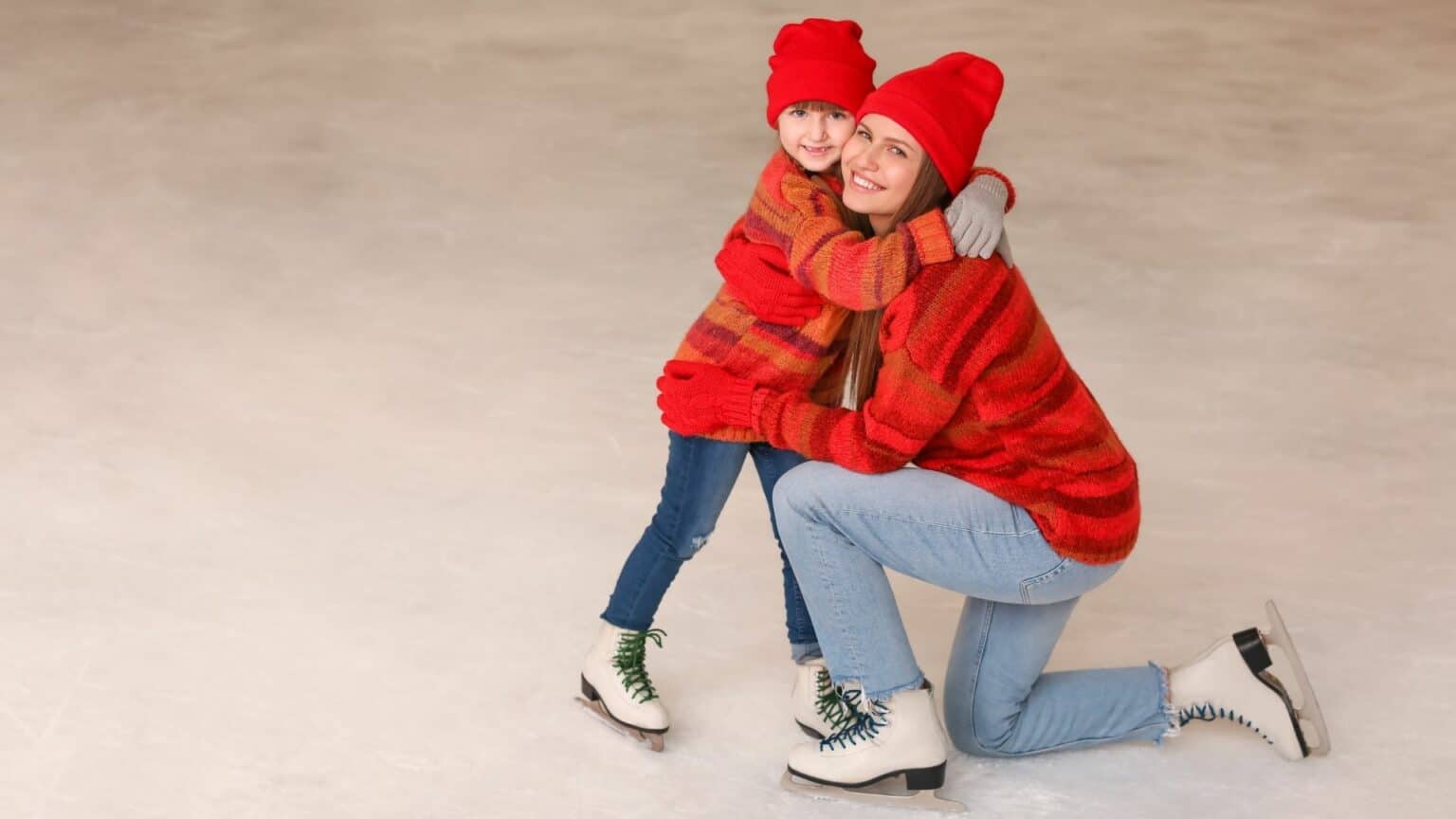
Over the past few years, the sport of synchronized skating has been growing and developing at an incredible speed. More teams across the country are starting to form their own synchronized skating teams, recruiting younger skaters and attending more competitions than ever before. One thing is for sure: synchronized skating is definitely becoming more popular. Synchronized skating is a very exciting sport to watch.
There are many intricacies to the synchronized figure skating moves and it takes a lot of practice and teamwork to pull off. Many teams work very hard, putting many hours into their routines. Competitive synchronized skating is a fantastic sport. You get to meet many people from all over the world, play a fun sport and learn great life skills like teamwork, commitment and focus.
You Also May Like
Copyright 2025 © Top Sports For Kids
Topsportsforkids.com is a participant in the Amazon Services LLC Associates Program, an affiliate advertising program designed to provide a means for sites to earn advertising fees by advertising and linking to Amazon.com.

